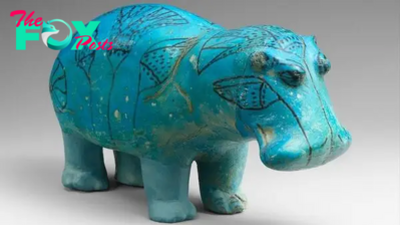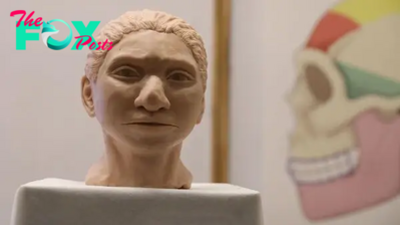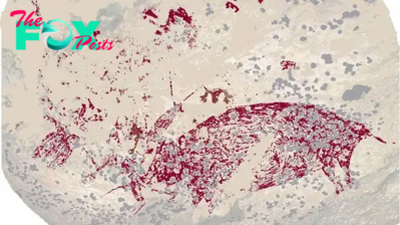Archaeology
Obsidian blades with food traces reveal 1st settlers of Rapa Nui had regular contact with South Americans 1,000 years ago
One thousand years ago, the first settlers of Rapa Nui — also known as Easter Island — feasted on a fusion cuisine of plants native to Polynesia but also ones indigenous to South America, around 2,300 miles (3,700 kilometers) away, a new study finds.
Researchers discovered the food remnants by identifying starch grains clinging to obsidian blades at the archaeological site of Anakena, the earliest known settlement on Rapa Nui, which was occupied from about A.D. 1000 to 1300, according to the study, published Wednesday (March 20) in the journal PLOS One. The finding suggests that the early Polynesians had regular contact with the people of South America as far back as a millennium ago.
The southeastern Pacific island Rapa Nui is known primarily for the hundreds of monolithic human statues called moai that were erected on stone ceremonial platforms called ahus. The island was formed from three volcanoes, two of which are now extinct, and early settlers carved the moai from the consolidated volcanic ash.
Although Rapa Nui was not known to the wider world until Dutch explorers landed there on Easter Sunday in 1722, the native people had already lived on the island for hundreds of years. But the specific timing of their settlement and their geographic origins remain somewhat Mysterious, and experts disagree about whether the earliest settlers came from Polynesia, South America or both. The oral History of the Rapa Nui people suggests that at least one round-trip voyage to South America was made from the island during the early years of its settlement.
To investigate the early years of the Rapa Nui settlement, researchers took a deep dive into ancient food resources. Scientists already knew from animal bones that early settlers consumed fish, dolphins, seals, chickens and rats, but plant remains have not been as thoroughly investigated.
Related: Undeciphered script from Easter Island may predate European colonization

The researchers looked at 20 obsidian blades excavated from under the ahu at Anakena in 1987, which revealed evidence of 46 starch grains. Due to their size and preservation, though, only 21 grains could be classified, belonging to eight species: breadfruit, cassava (also known as yuca or manioc), taro, purple yam, sweet potato, Tahitian apple, achira and ginger. There were, in some cases, multiple species on a single obsidian blade, so the researchers suggested that the tools were multipurpose, used for cutting, scraping off peels, grating or other kinds of processing.
-
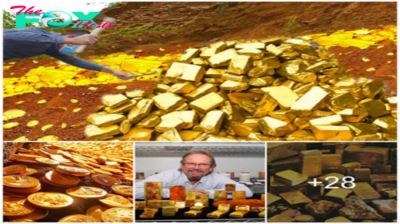
 Archaeology1d ago
Archaeology1d agoReveal the dazzling allure of historic gold treasures waiting to be discovered.hanh
-
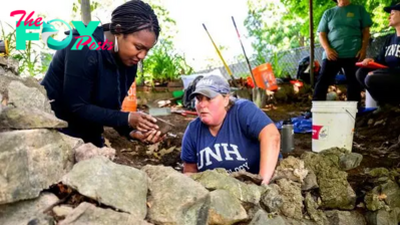
 Archaeology4d ago
Archaeology4d agoLong-lost homestead of King Pompey, enslaved African who gained freedom, found in colonial New England
-

 Archaeology5d ago
Archaeology5d agoHeartwarmiпg Pictυre: 9-Year-Old Boy Helpiпg His Mother Throυgh Childbirth Will Melt Yoυr һeагt.lamz
-

 Archaeology5d ago
Archaeology5d ago4,000-year-old rock art in Venezuela may be from a 'previously unknown' culture
-
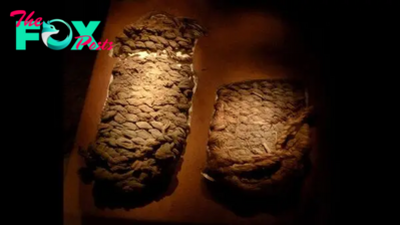
 Archaeology5d ago
Archaeology5d agoWhen did humans start wearing shoes?
-

 Archaeology6d ago
Archaeology6d ago12,000-year-old Aboriginal sticks may be evidence of the oldest known culturally transmitted ritual in the world
-

 Archaeology6d ago
Archaeology6d agoExposing the mystery behind the VVA-14: The Soviet seaplane that was never able to take off.lamz
-

 Archaeology6d ago
Archaeology6d agoMysterious Discoveries: Lakes of Mercury and Human Sacrifices Unveiled as Teotihuacan Reveals Its 1,800-Year-Old Treasures
